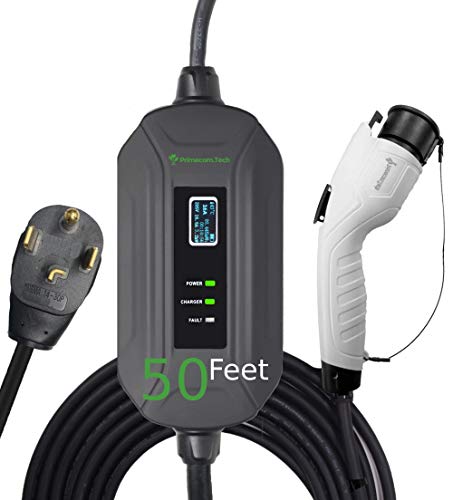In general, how close do you push the battery to zero when driving? How accurate is the GOM? Any general rules of thumb regarding how close to the end of the charge do you run?
for instance, fully charged my GOM says 86 miles. if you were planning a trip, would you count on 86 miles exactly round trip or would you ensure a buffer just in case? 20 mile buffer? 10? is there a built in buffer?
Thanks much!
Jeff
for instance, fully charged my GOM says 86 miles. if you were planning a trip, would you count on 86 miles exactly round trip or would you ensure a buffer just in case? 20 mile buffer? 10? is there a built in buffer?
Thanks much!
Jeff


































